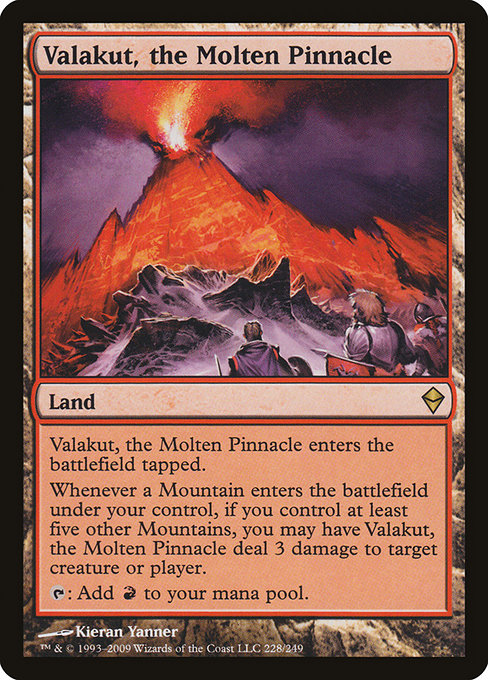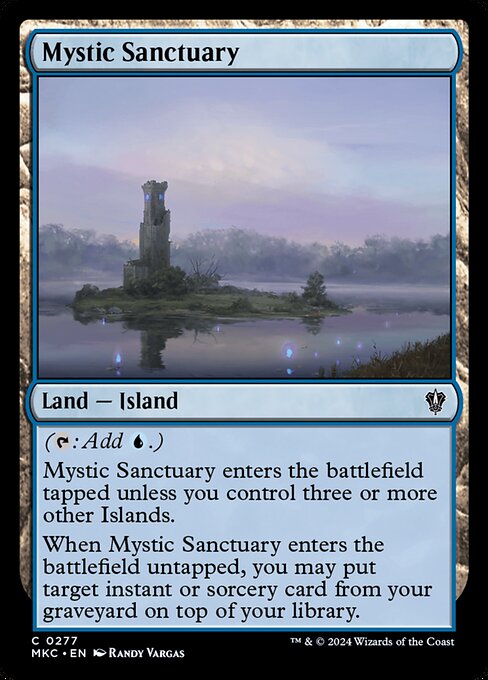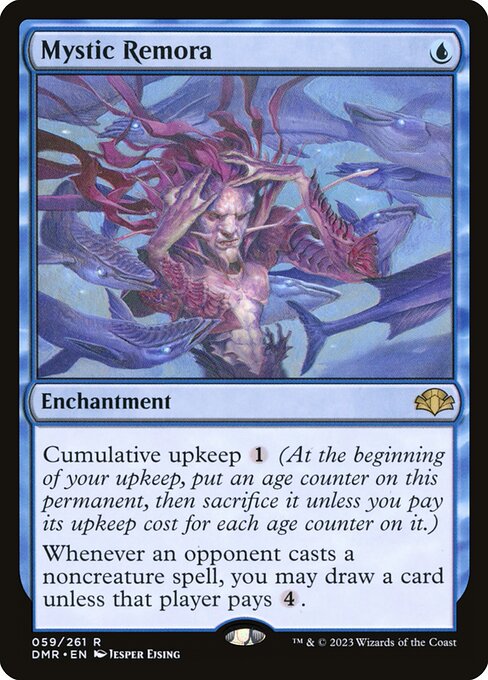Deck & Commander Strategies

Auron, Venerated Guardian
Utilizes combat-triggered exile effects to remove opposing creatures while growing stronger with +1/+1 counters, aiming for board control and incremental advantage.

Tifa, Martial Artist
Focuses on increasing power through melee by attacking multiple players, then untapping creatures to generate extra combat phases for overwhelming offense.

Zell Dincht
Leverages additional land drops and landfall triggers to boost power and return lands to hand, combined with direct damage from Valakut for a land-based damage combo.

Hope Estheim
Employs a milling strategy to deplete opponents’ libraries while gaining life to stall and stabilize, utilizing life gain as a defensive mechanism.
Gameplay Insights
- 1
Auron’s ability to exile creatures upon attacking created pressure on opponents’ boards, forcing defensive plays.
- 2
Tifa’s melee ability synergized well with the extra combat phase, enabling multiple attacks in a turn and amplifying damage output.
- 3
Zell’s landfall mechanics combined with Valakut posed a consistent threat of direct damage, making land drops crucial to his strategy.
- 4
Hope’s milling and life gain formed a strong defensive core, deterring aggressive plays against him early on.
- 5
Players prioritized removal of key creatures and commanders, weighing the risks of losing their own board advantage against disabling opponents’ win conditions.
- 6
Early ramp and card draw spells set the foundation for mid-game threats and combos, highlighting the importance of resource development in the match.
Notable Cards
-

Auron, Venerated Guardian
-

Tifa, Martial Artist
-

Zell Dincht
-

Hope Estheim
-

Valakut, the Molten Pinnacle
-

Mystic Sanctuary
-

Mystic Remora
Gameplay Summary
The game began with each player introducing their Final Fantasy-themed commanders and briefly outlining their decks' mechanics.
Auron, Venerated Guardian focused on exiling creatures through combat triggers, while Tifa, Martial Artist aimed to build a large board and generate extra combat phases with her melee ability.
Zell Dincht leveraged additional land drops and incremental power boosts, and Hope Estheim centered his strategy on milling opponents’ decks while gaining life to survive.
Early turns involved typical ramp and setup plays, including fetching lands and casting low-cost creatures to establish board presence. Key moments included Matt’s use of Auron to exile threats and Drew’s deployment of a 6/6 lifelinking flyer that pressured opponents.
Hope’s milling and life gain created a defensive backbone, while Zell’s landfall synergy introduced potential for explosive damage, especially with the Valakut, the Molten Pinnacle land dealing direct damage when multiple mountains entered the battlefield.
Combat exchanges began to pick up, with Tifa’s ability to untap creatures for additional attacks setting up potential multi-phase assaults.
The game showed tension around managing threats and key creatures, with players debating whether to remove powerful creatures or commanders, reflecting shifting priorities as board states evolved.






















